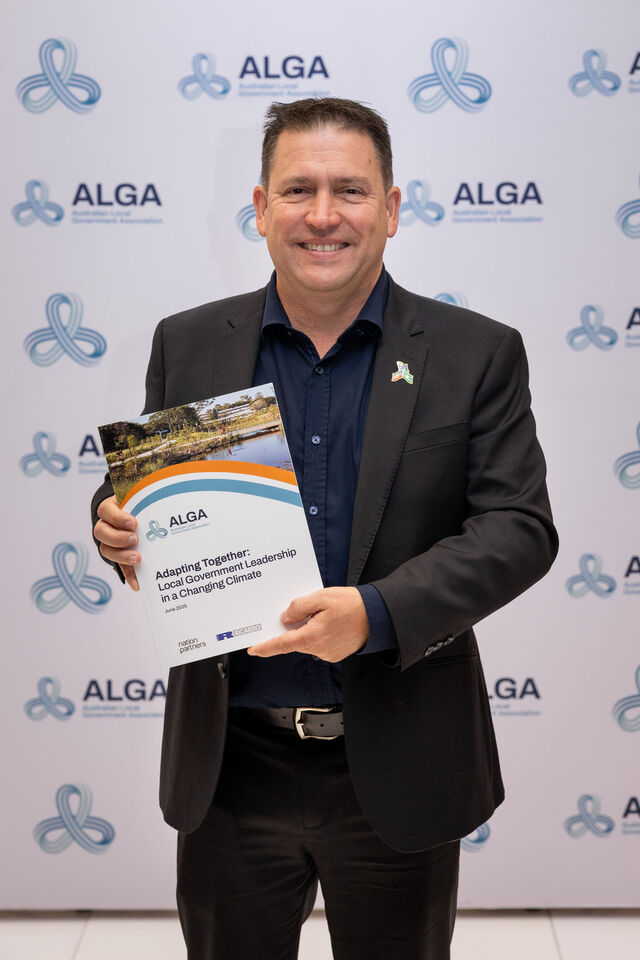I hadn’t realised that Vietnam’s GDP/head was lower than that of China’s. Nor had I appreciated the friendliness and the work ethic of the Vietnamese people. It all came into focus last month, when I was in Vietnam as part of a consultancy team advising on integrated planning and development opportunities.
We had lurched into a village in the mountains west of Da Nang – an indigenous hill tribe of some 2,000 whose livelihood depends on cassava, maize and rice. The villagers are one of Vietnam’s 53 ethnic minorities. Their sunny disposition belies grinding poverty – for example, a Korean company, based in Da Nang, had invited folk from the hill tribes to apply for jobs, but no one could afford the trip to the interviews!
So we asked the village leaders what types of enterprises might provide an economic lifeline. By connecting a few dots, there are three good possibilities:
- a small garment
manufacturing operation
requiring sewing machines
and a training program - a pig herd, to help address the
lack of protein in local
peoples’ diet - a saw mill, to trigger local
value adding of the significant
forestry resource.
Later, back in civilisation over a chilled Heineken, we tossed around some ‘what if’ scenarios.
- what if we constructed an aid
project that donors could
visit, see and touch, and be
assured that 100 per cent
of their donation went into
a productive asset? The
breeder pigs and sewing
machines might cost
$US5,000 in year one
and $US3,000 in each
each of years two and three - what if it took pressure off
the World Bank and AusAID,
by organising contributions
from councils in Australia
with significant Vietnamese
populations? - what if there was a disused
saw mill plant in Australia
that a sponsor might ship to
Vietnam? - what if we found other
parties to fund the recurrent
costs of these businesses in
the initial stages, such as
training, marketing,
transport? - what if, once we get the
system right, we apply the
model to Somalia, Indonesia,
Laos and so forth?
I will keep you posted, but I’d appreciate any early thoughts. Our project finishes in mid December.
Wall Street meltdown clouds national infrastructure agenda
The socialism now engulfing Wall Street raises real problems for the Rudd Government’s national infrastructure agenda
because the $20 billion Building Australia Fund (BAF) has to be matched by the States and/or institutional investors. And Auslink
($23 billion) has similar matching requirements. But the New South Wales Government is crying poor, and other States won’t be far behind. And MacBank and the big end of town are turning turtle.
So the October 2008 COAG resolution to get moving on the BAF is problematic. And Rudd won’t want to be rushed into hasty, ill conceived projects to haunt him in two year’s time.
Rural regions will be most affected, where the BAF and institutional investors will be super cautious. The National Party’s inability to convince the Libs about a regional infrastructure/investment agenda has basically set the tone.
Western Australia’s investment hubs
Last month, we discussed some of the hubs in Western Australia that could form part of a national investment framework. Herewith the remainder.
Perth has four well recognised hubs – the CBD and inner city business districts; the Fremantle-Kwinana-Rockingham corridor, that now has world class industrial capability and infrastructure; the Eastern Perth corridor, where most suburbs start with ‘B’ and have longstanding expertise plus proximity to the airport and the interstate rail system; and the north west growth corridor around Yanchep, Joondalup and Wanneroo.
Mandurah (population 71,000) is the key city in the Peel region – a commuter belt to Perth, resort centre and retirement hub. Like Bunbury (further to the south) it’s the real deal in wine, forestry, mining, mineral processing (bauxite, alumina, gold), agriculture, equine pursuits, fishing, tourism and beaches. The new rail link to Perth was opened in 2008 and is delivering spin offs for residential and commercial land.
Bunbury (population 56,000) is two hours drive south of Perth. A wonderful mix of forestry, wine, gourmet food, ecotourism, fruit, livestock, dairying, coalfired energy, alumina, mineral sands, tin, tantalite and chemicals.
The Kemerton industrial estate is a major mineral treatment and engineering cluster, and home to TAFE and University campuses.
We head south, skipping around Busselton and Margaret River to Albany (population 25,000) in the Great Southern region. With a deepwater port, and a well established identity with timber, wool, wine, broadacre crops, essential oils, fishing and meat processing for international markets, Albany also has effective local champions and a very good University campus by all accounts.
Moving eastwards is Esperance (population 15,000), a major port for grain and minerals. Its lead pollution problems have drawn unwanted publicity. It nevertheless has magnificent fishing, aquatic sports and lifestyle attributes.
And heading inland is Kalgoorlie-Boulder (population 30,000+), the heart of the Goldfields-Esperance region. The gold and nickel industries are booming. It has major rail-road-air links to Perth and the east, and a LNG pipeline from the Pilbara. Its brothels are a tawdry reminder of its rollicking past.
Workshops
There are lots of new Councillors, and councils really need to understand the new political and economic settings. If you’d like a quote for a planning workshop, please contact us.
*Rod Brown is a Canberra-based consultant specialising in industry/regional development, investment attraction, clusters and accessing Federal grants. He can be contacted at apd@orac.net.au or phone (02) 6231 7261. Go to our blog at www.investmentinnovation.wordpress.com for 400+ articles on issues relevant to Local Government.







